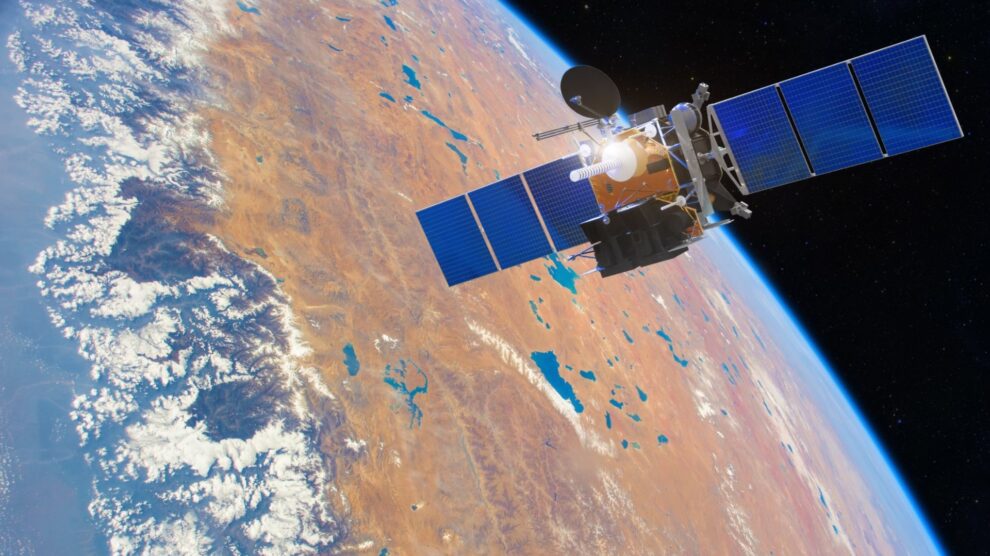Another year, another glitzy Samsung unveiling complete with soaring orchestra swells and enthusiastic applause. The newly minted Galaxy S24 has landed, brimming with bleeding-edge specs and camera enhancements galore.
But amidst the usual fanfare, some eagle-eyed viewers noticed a startling omission – the total absence of any emergency satellite connectivity capabilities.
This heavily rumored feature promised a potential lifeline in dire situations beyond cellular range. So where did it disappear to? And what does it mean for the Galaxy S24 and future models?
A Surprise Setback for Satellite Ambitions
In the lead up to the Galaxy S24 reveal, rumors swirled about Samsung implementing satellite connectivity for emergency SOS capabilities.
This groundbreaking feature would allow sending text messages and location data using satellites when no cellular signal is available. Ideal for crisis scenarios in remote settings.
As such, its absence from the S24 unveiling provoked confusion, especially after Apple debuted a similar emergency satellite feature in the iPhone 14 lineup last September.
Why Did Samsung Shelve Satellite Plans?
This surprising omission has industry insiders proposing several theories:
Technical Limitations
Integrating complex satellite hardware presents difficulties, especially ensuring reliable connectivity across diverse environmental conditions.
Previous rumors suggested Samsung faced antenna miniaturization challenges packing everything into the S24’s svelte frame while maintaining robust emergency messaging capabilities.
Strategic Restraint
Alternatively, Samsung may have pivoted strategies closer to launch. Factoring in substantial R&D costs against niche initial demand likely production volume, temporarily shelving satellite plans in favor of other headline S24 features becomes understandable.
This allows directing resources into refining satellite capabilities for a more polished implementation in the S25 or beyond.
Regulatory Wrangling
Navigating international red tape necessary for launching emergency satellite connectivity also proves daunting. Various countries have complex telecommunication rules regarding satellite-based networks.
Rather than launching a patchwork solution hampered by geographical limitations at launch, Samsung may have opted to align global policies first.
What Are the Implications of This Surprise Omission?
A Lost Lifeline in Remote Areas
Lacking emergency satellite messaging forfeits a vital lifeline for Galaxy users stranded off-grid in remote wilderness or disaster-stricken regions.
Where basic connectivity proves impossible through traditional networks, satellite communication offers a beacon of hope. Samsung passed on this potential lifesaving capability for now.
A Dent in Samsung’s Innovation Reputation
Ditching satellite connectivity also tarnishes Samsung’s reputation for jam-packing devices with bleeding-edge features, especially after Apple seized the initiative here.
It arguably cedes pole position in driving mobile innovation to their fiercest rival. Not a good look for the world’s premiere Android smartphone maker.
Environmental Implications
On the sustainability front, the lack of satellite connectivity also represents missed potential for coordinating emergency responses to natural disasters or climate events in remote regions through enhanced mobile communication.
What Does This Mean for Satellite Connectivity in Future Galaxy Devices?
While the Galaxy S24’s lack of satellite connectivity surprised some, Samsung seems committed to eventual implementation.
Industry sources suggest they aim to debut more mature satellite hardware on the Galaxy S26 or S27 timeframe. This allows more refinement time to minimize nagging antenna challenges while building a robust messaging feature.
Strategically, the surprise omission allows redirecting near-term resources into other showstopping S25 features instead, like under-display cameras or environmentally friendly materials.
So rather than a nail in the coffin, view the missing satellite feature as a temporary setback. Samsung plays the long game – expect flashy satellite debut down the track!










Add Comment